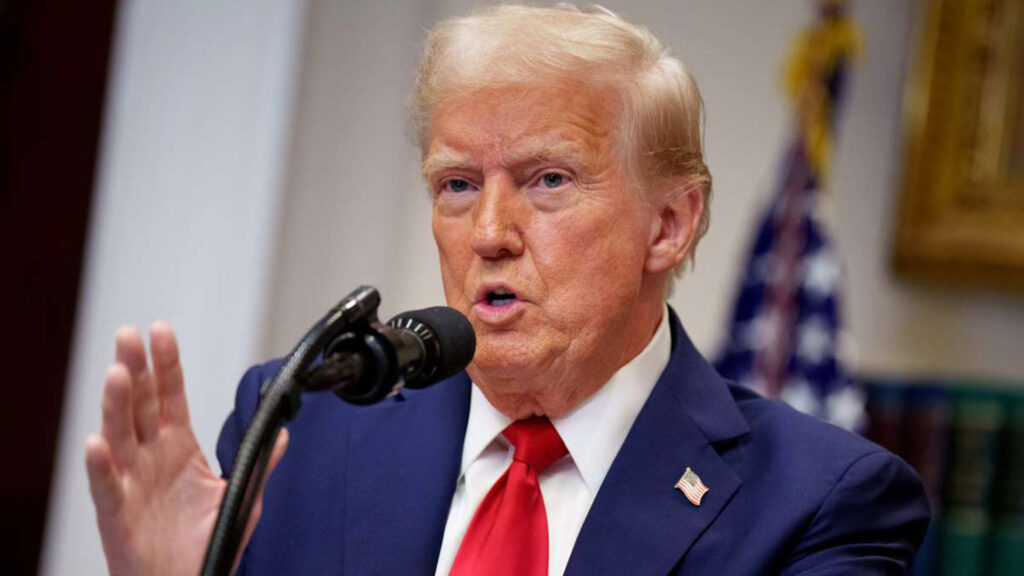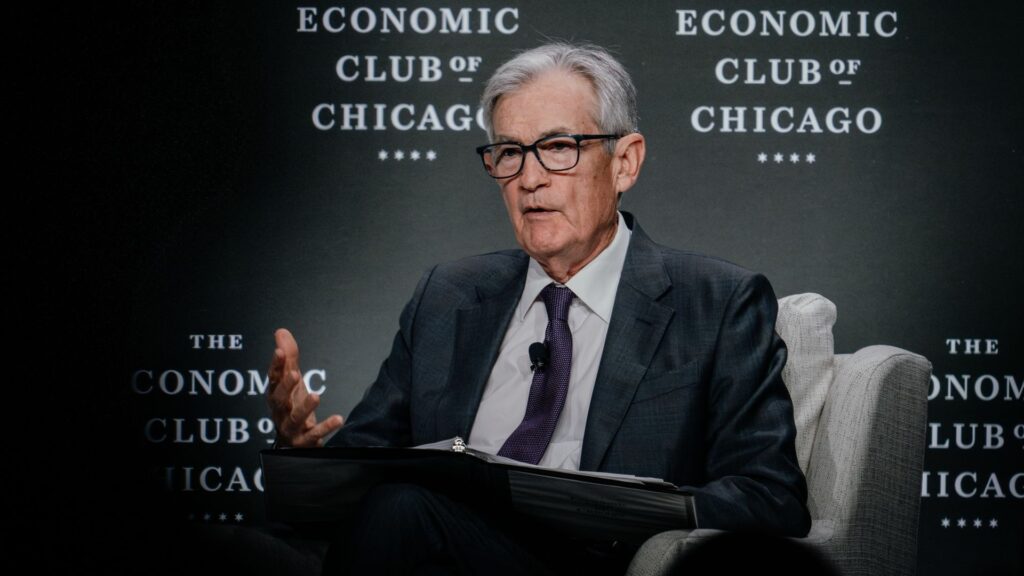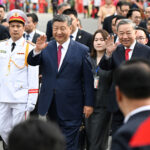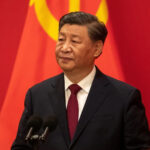Tensions between the world’s two largest economies escalated dramatically this week as U.S. President Donald Trump hiked tariffs on Chinese imports to an eye-popping 245%, daring Beijing to return to the negotiating table.
In a bold declaration, Trump declared the United States no longer needed a deal, saying, “The ball is in China’s court.”
This move intensifies a trade war that has already disrupted global markets, strained multinational supply chains, and left companies like Boeing caught in the crossfire. China responded with stern warnings and retaliatory measures, including suspending aircraft purchases from the United States and reaffirming its opposition to what it calls Washington’s “bullying tactics.”
Highlights
- Trump administration raises tariffs on Chinese goods to 245%.
- White House: “China needs to make a deal with us. We don’t have to make a deal with them.”
- Beijing halts Boeing aircraft deliveries, citing rising costs.
- China names new trade envoy, signaling preparation for potential talks.
- Chinese Foreign Ministry calls for dialogue based on equality and mutual respect.
- Trump boasts over 75 countries have reached out for trade deals.
A High-Stakes Gambit from Washington
At a press briefing Tuesday, White House Press Secretary Karoline Leavitt said, “China wants what every country wants — the American consumer. They need our money.” She emphasized that while talks are open, the U.S. is under no pressure to compromise.
The tariff hike follows a 90-day pause offered by the administration to dozens of countries, many of whom are now in negotiations with the U.S. China, however, retaliated with its own tariff hike to 125%, drawing Trump’s ire.
Beijing Pushes Back: Dialogue, Not Blackmail
Chinese Foreign Ministry spokesperson Lin Jian countered Washington’s rhetoric, calling for dialogue without coercion. “If the U.S. truly wants to resolve the issue through negotiation, it must stop threats and blackmail,” he said.
China has repeatedly emphasized that future negotiations must be based on equality, mutual benefit, and respect for sovereignty — a clear pushback against what it views as U.S. economic intimidation.
A New Trade Envoy, Same Message
In a clear sign that Beijing is preparing for the next phase of negotiations, China appointed Li Chenggang as its new international trade negotiation representative and Vice Commerce Minister, replacing Wang Shouwen.
While the appointment marks a change in personnel, it does not signal a departure from Beijing’s core messaging. The government reiterated that it welcomes dialogue but will not concede under pressure.
Boeing in the Crossfire
One of the most tangible retaliatory moves came with China’s instruction to domestic airlines to suspend new purchases of Boeing aircraft. According to Bloomberg, the Chinese government extended this halt to aircraft parts and related equipment from U.S. manufacturers.
This is a major blow for Boeing, which has not secured significant aircraft orders from Chinese carriers in recent years. China, which is building its own aviation manufacturing capabilities, is projected to account for 20% of global aircraft demand over the next decade.
Global Trade Realignment
While Washington and Beijing spar, more than 75 countries have initiated trade talks with the U.S., according to a White House fact sheet. These individualized deals aim to restructure America’s global trade framework, reducing its dependency on China.
As the administration considers moving Chinese-made electronics into new tariff categories, businesses and consumers brace for more volatility. Meanwhile, Trump remains defiant: “These are maximum rates. If you don’t elevate, you won’t get hit.”
What’s Next?
China continues its global charm offensive, with President Xi Jinping touring Southeast Asia to present China as a more stable alternative to the U.S. On the same day Trump raised tariffs, Xi was in Cambodia finalizing investment agreements under the Belt and Road Initiative.
While both sides leave room for negotiation, the divide over process and principles remains wide. Whether these actions lead to new agreements or deepen the trade rift remains to be seen.







